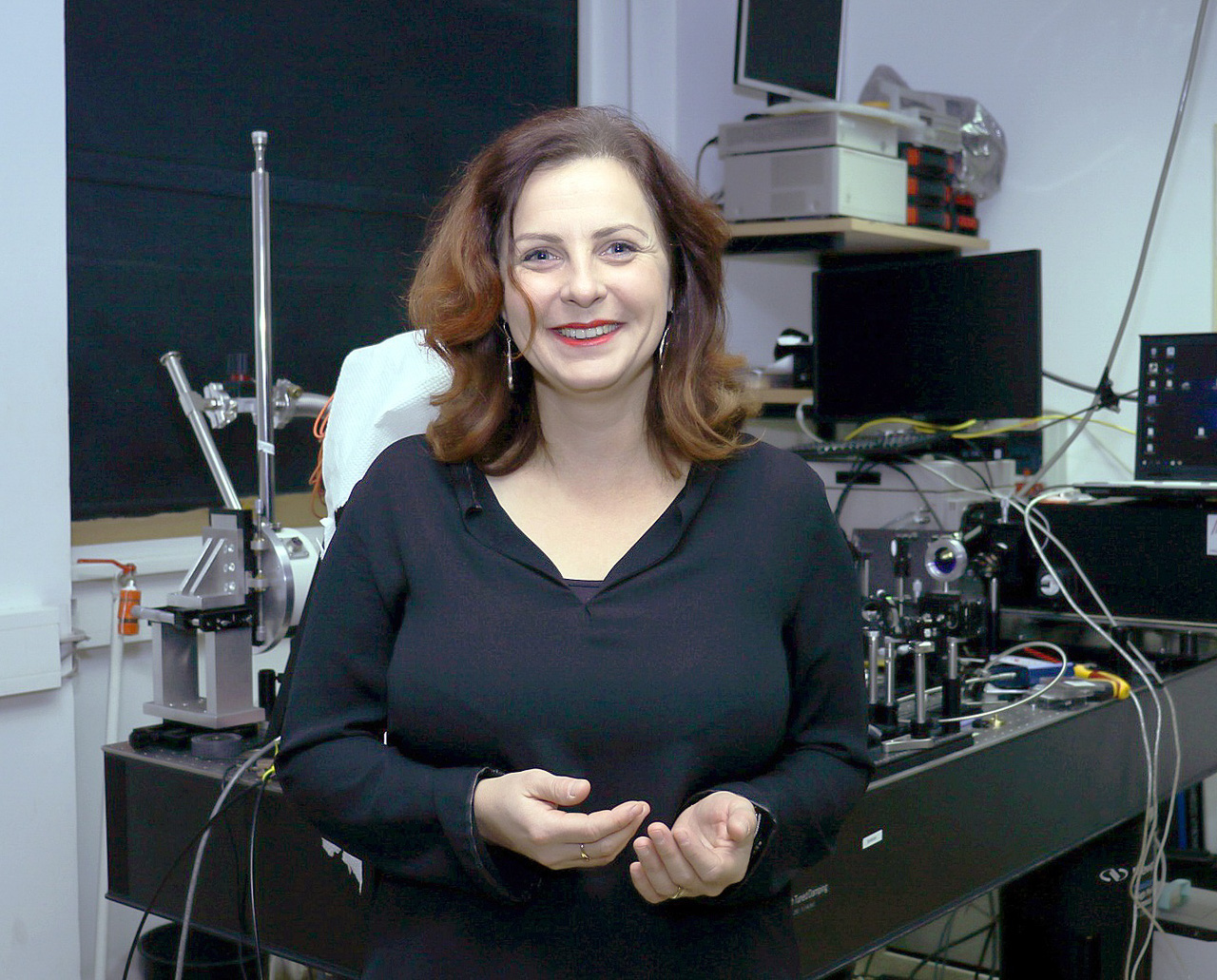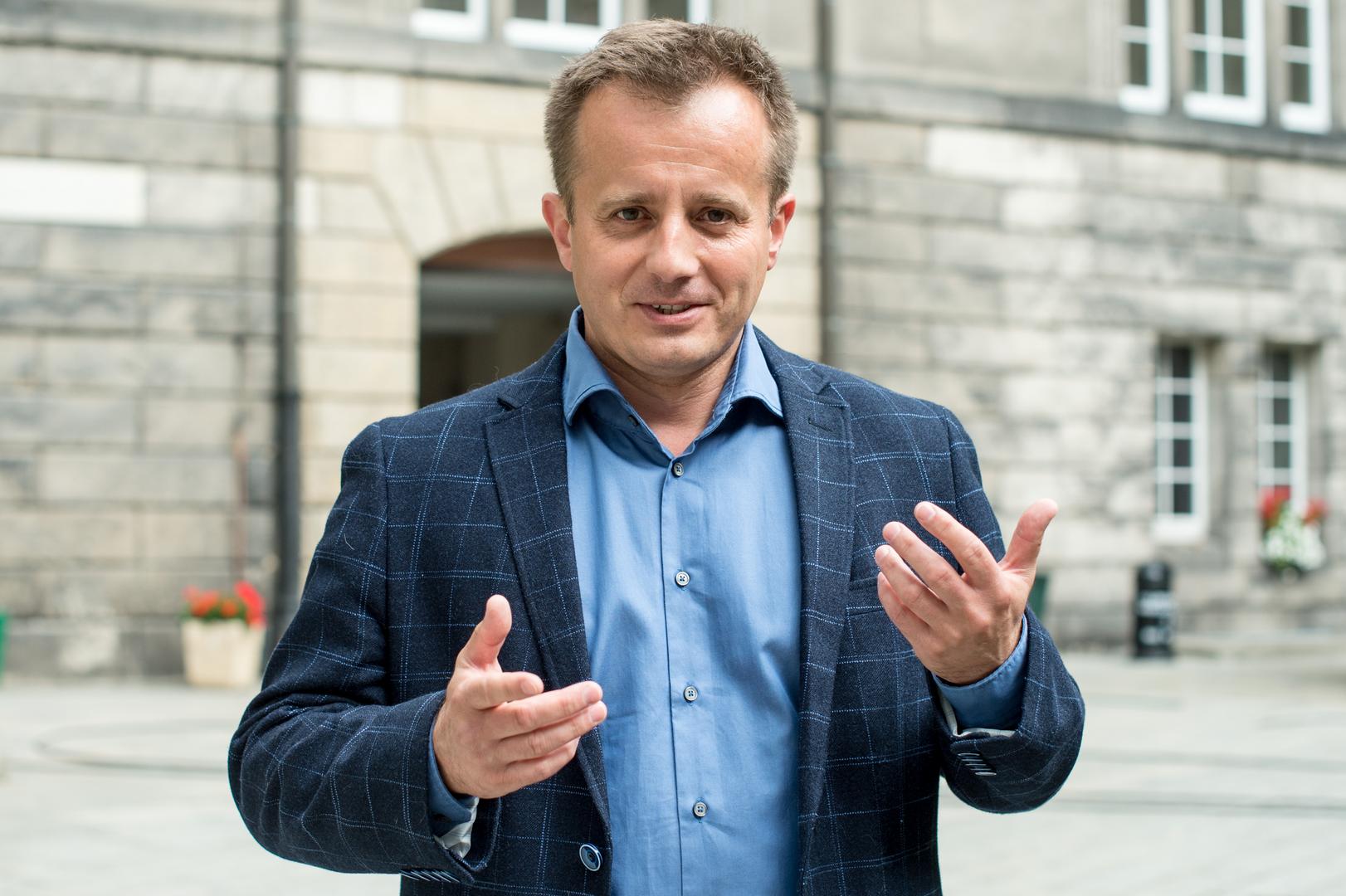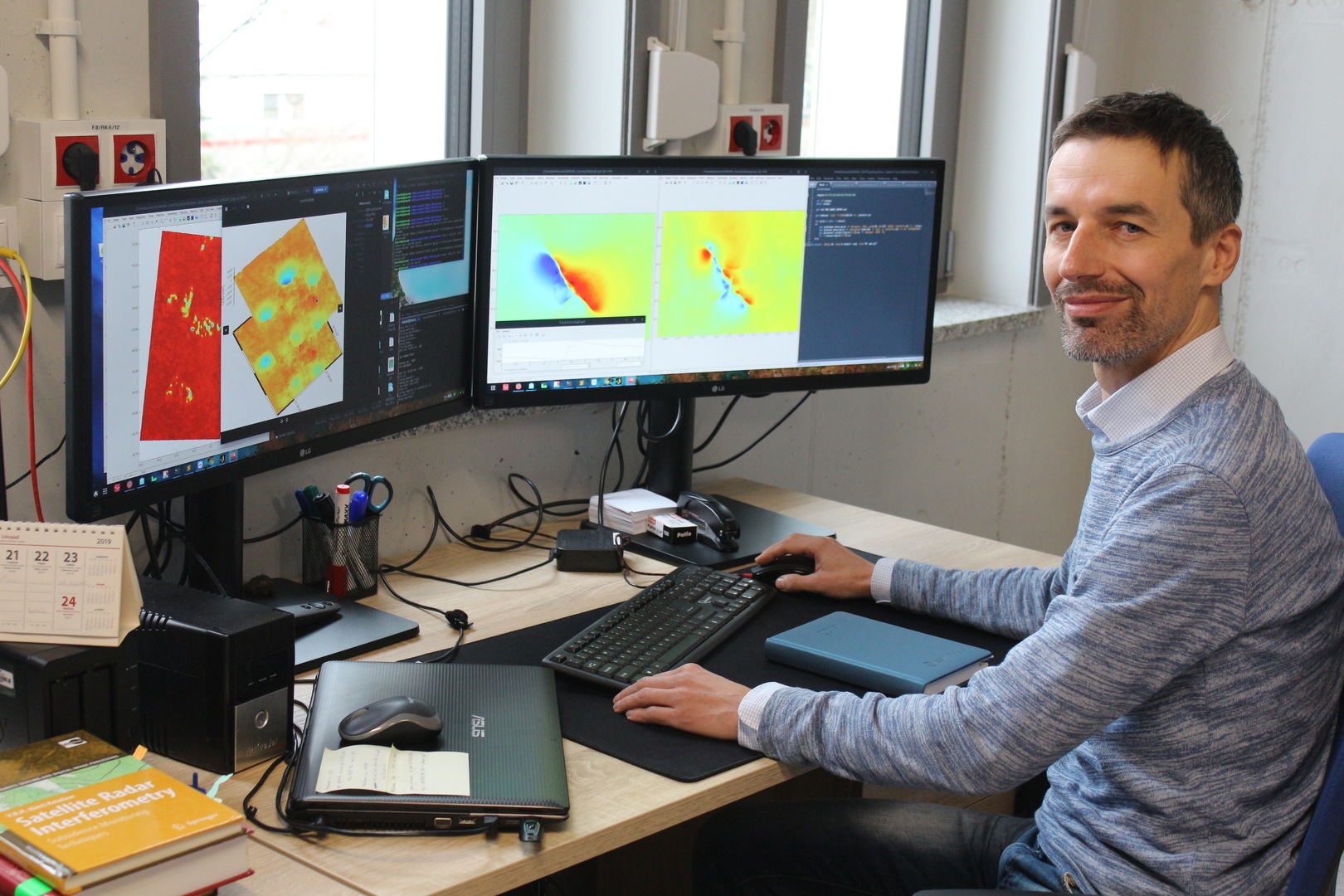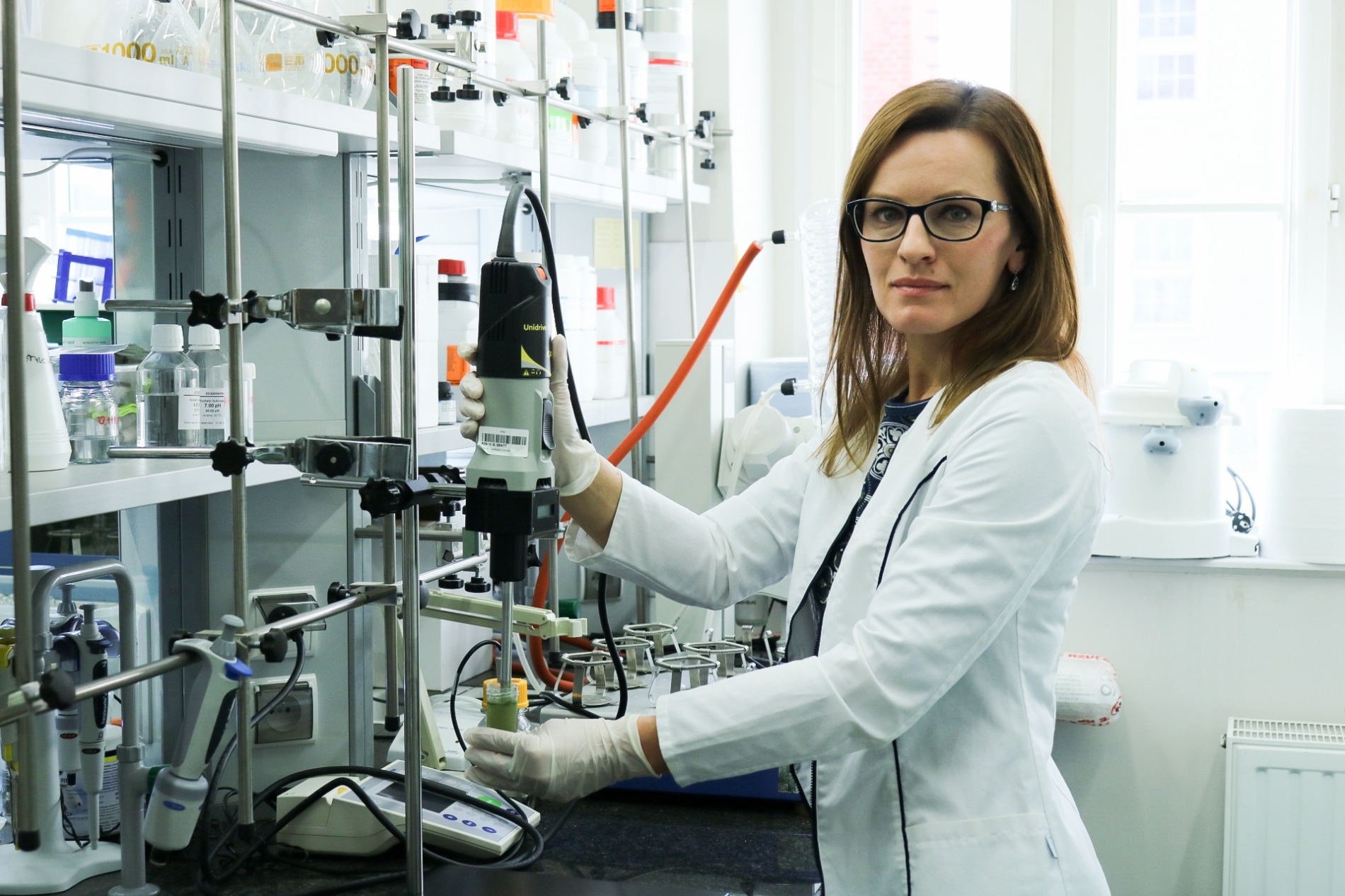YOUR BROWSER IS OUT-OF-DATE.
We have detected that you are using an outdated browser. Our service may not work properly for you. We recommend upgrading or switching to another browser.
Date: 21.11.2019 Category: awards, general news, science/research/innovation
Perovskites, environmental use of algae, silica quantum dots or research into post-mining areas are some of the projects carried out by the WUST-originating winners of the latest edition of the competitions Opus and Preludium of the National Centre for Science. 18 of our scientists received nearly 15 million PLN of funding for their research.
Held twice a year, Preludium and Sonata are the most popular competitions organised by the National Centre for Science. In the current edition, Polish researchers were awarded over 390 million PLN.
Every scientist could enter the Opus programme and apply for funding of a project lasting from one to three years. Thirteen people from the Wrocław University of Science of Technology were awarded under the programme.
How do perovskites work?
 The largest grant, one amounting to nearly 1.8 million PLN, was awarded to Paulina Płochocka-Maude, PhD, DSc from the Faculty of Fundamental Problems of Technology, who will implement the project "Excitons, phonons, and polarons in semiconductor perovskites and their derivatives".
The largest grant, one amounting to nearly 1.8 million PLN, was awarded to Paulina Płochocka-Maude, PhD, DSc from the Faculty of Fundamental Problems of Technology, who will implement the project "Excitons, phonons, and polarons in semiconductor perovskites and their derivatives".
Perovskites are a group of minerals made from inorganic chemical compounds which perfectly absorb light and allow for the transformation of solar energy into electricity in a photovoltaic cell. Such a cell is light because the perovskite layer can be extremely thin. Potentially, the technology for manufacturing such cells can be much cheaper than it is today.
Interestingly, the practical use of these materials precedes our understanding of their basic physical properties. You can say that they just work, but nobody knows why. They contradict what we learned about semiconductors from research conducted in the previous half-century - says Paulina Płochocka-Maude, PhD, DSc.
The aim of the project is to understand what makes perovskites so unique as well as define methods of controlling their unique properties. A full understanding of the properties of these materials can make them change people's everyday lives in a way no less significant than the development of the silicon-based transistor.
Paulina Płochocka-Maude PhD, DSc works at Centre National de la Recherche Scientifique in Toulouse. She has been cooperating with Wrocław University of Science and Technology for several years, and since May 2019, she has been officially employed at WUST, where she is going to conduct her project.
Quantum dots in a silicon crystal
 Professor Grzegorz Sęk from the Faculty of Fundamental Problems of Technology received nearly 1.5 million PLN for the project "Optical, structural and electronic properties of III-V quantum dots on silicon”. The research will be carried out by a consortium consisting of the Faculty of Fundamental Problems of Technology, the Faculty of Microsystem Electronics and Photonics, and PORT (Polish Technology Development Centre).
Professor Grzegorz Sęk from the Faculty of Fundamental Problems of Technology received nearly 1.5 million PLN for the project "Optical, structural and electronic properties of III-V quantum dots on silicon”. The research will be carried out by a consortium consisting of the Faculty of Fundamental Problems of Technology, the Faculty of Microsystem Electronics and Photonics, and PORT (Polish Technology Development Centre).
- The project concerns research into basic physical properties of a particular type of nanomaterials, namely a new class of semiconductor quantum dots produced from compounds such as indium arsenide, but inside a silicon crystal matrix. This makes it possible to combine the very efficient quantum emitters, which are dots, with the silicon technology platform - still the cheapest and most commonly used in the production of electronic systems - explains Professor Grzegorz Sęk.
The knowledge we are going to acquire will allow us to bring such nanostructures closer to their application in integrated photonic systems, where photons instead of electrons take over the role of information carriers, which is a response to the ever-growing need to increase the speed of data processing and transfer.
Research into post-mining areas
 Jan Blachowski, PhD, Dsc, university professor working at the Faculty of Geoengineering, Mining, and Geology, received over 1.3 million PLN for the project "The origin and development of anthropogenic and natural deformations in the post-mining areas of the former lignite mine ‘Babina’”.
Jan Blachowski, PhD, Dsc, university professor working at the Faculty of Geoengineering, Mining, and Geology, received over 1.3 million PLN for the project "The origin and development of anthropogenic and natural deformations in the post-mining areas of the former lignite mine ‘Babina’”.
The research, conducted in cooperation with KGHM Cuprum sp. z o.o., aims to investigate, analyse, map, and model surface deformations and their origins in the glaciotectonic structure of Łuk Mużakowa in the region of Łęknica, where lignite mining in the ‘Babina’ mine ended in the 1970s.
- Mining activity usually contributes to the formation of surface deformations, and another serious problem is the occurrence of secondary deformations, which appear many years after the mine was closed - says Head of the project Jan Blachowski, PhD, DSc. - They may have a negative impact on the state of the environment as well as damage the infrastructure and pose threats to the safety of people.
The project’s scope includes establishing what conditions are important for the occurrence and development of deformations and whether they can be accurately modelled and predicted using a deterministic approach and spatial modelling using the Geographical Information System (GIS). The resulting methodology will be applicable to other areas of former mining activity.
Environmental use of algae
 Then, Izabela Michalak, PhD, DSc, university professor from the Faculty of Chemistry has obtained 785 thousand PLN to use for the project "Environmentally friendly technologies of utilising seaweed biomass for products useful for sustainable agriculture and biosorbents used to remove ions of heavy metals from the environment".
Then, Izabela Michalak, PhD, DSc, university professor from the Faculty of Chemistry has obtained 785 thousand PLN to use for the project "Environmentally friendly technologies of utilising seaweed biomass for products useful for sustainable agriculture and biosorbents used to remove ions of heavy metals from the environment".
- Green algae collected from the Baltic Sea, as well as brown algae and red algae from the coast of Brittany (University of Southern Brittany, France), will be used to produce biostimulators of plant growth, nanoparticles of metals, ingredients of fertilisers, and biosorbents that will remove ions of toxic metals from the environment. Under the project, we will also propose a method for the valorisation of algae belonging to particular communities - explains Izabela Michalak, PhD, DSc.
Full list of the Opus competition winners:
Additionally, two projects conducted in consortia, in which scientists from Wrocław University of Science and Technology also participate, received extra funds.
The Preludium programme finances research projects conducted by people starting their scientific careers and without a doctoral degree.
Grants were awarded to five young scientists from WUST:
Our site uses cookies. By continuing to browse the site you agree to our use of cookies in accordance with current browser settings. You can change at any time.